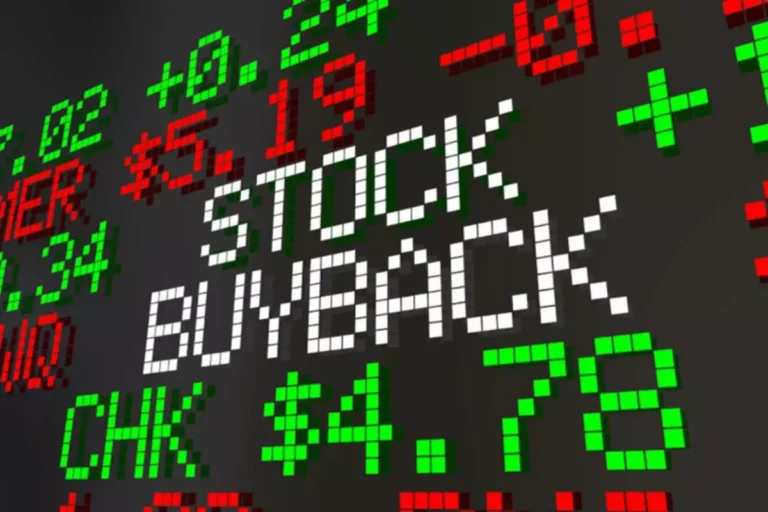In business real estate, active investing may contain shopping for properties, bettering them through repairs or renovations, or changing their use, after which promoting at a profit. In addition to picking which shares to add and which to remove, the fund manager can also decide the concentration of various kinds of stocks in the plan in active investing. Low portfolio turnover reduces the probability of ‘short-term capital gains’, which are generally taxed at higher charges than long-term capital features.

The fund management team conducts in-depth analysis and evaluation to determine how to beat the market or the fund’s benchmark index to ship higher returns to investors. Actively managed funds aim to beat the market and offer returns to traders that are higher than the market average. Thus, they hold fixed track of fixing market circumstances to benefit from short-term fluctuations and market inefficiencies. Decisions to buy, sell, and rebalance the portfolio are actively made based on quantitative and qualitative analysis of several market and economic developments and components to maximise returns.
Passive Investing Vs Active Investing
The alternative ought to actually match what you wish to do together with your money, how lengthy you are planning to invest, and how snug you’re with it. You can even use a mix of each methods in your portfolio to get the advantages of each. According to Knight Frank information, the market size of fractional possession properties in India is projected to develop by 65 p.c, from $5.four billion in 2020 to $8.9 billion in 2025, at an annualised fee of 10.5%. One may take a glance at the past performance of a fund to get a better idea; nonetheless, it is probably not indicative of future yields, so one should ideally proceed with care.
In this publish, we’ll explore the pros and cons of the 2 funding methods and shed mild on their key differences. Learn how we select the right asset mix for your threat profile across all market conditions. Let’s have a look at the pros and cons of each these varieties of funds to higher understand their differences and position in your portfolio.
Share Market Stay
Bajaj Allianz Life Insurance Company Limited shall not be in any means liable for any loss or injury that may arise to any particular person from any inadvertent error in the information reported by the calculator. Also, one should do not neglect that investing available within the market, particularly in equities, is fraught with risk. However, one could minimise this risk and maximise their returns by being cautious with selecting the appropriate funds, using the funding calculator, and following the advice of consultants.
- Active investing positive aspects extra money than what the general market typically earns.
- Passive investing, in comparison with active investing, takes a long-term approach to holding investments.
- No, there is not a minimum investment quantity required to trade on the Appreciate app.
- Various information point out that only a minimal number of actively managed portfolios outperform their benchmarks.
- (iv) carry impartial research or analysis, together with on any Mutual Fund schemes or other investments; and supply any guarantee of return on investment.
- When utilized to business real estate funding, passive investing would possibly appear to be buying a property and holding onto it for long-term appreciation whereas earning rental revenue.
This cash is used to construct a portfolio of property to satisfy the particular investment objectives of the fund. Knowing the differences between lively investing vs passive investing could allow you to in making the proper additions to your funding portfolio. Hence, guarantee to use the knowledge offered here correctly to fulfill your objectives and secure your financial future.
Trust In Passive, Relaxation Should Deliver Data: Investment Mantra For Better Returns
Proponents of both energetic and passive will have their arguments to attract traders, however experts counsel having an allocation in both funds. The regular reporting function of passive investing, which involves the sharing of NAV (net asset value) and other important metrics, also increases the readability. Moreover, within the rivalry of lively vs. passive investing, active investing may be emotionally challenging, particularly during periods of market fluctuations. The constant pressure to beat the market, make wise choices, and deal with potential losses, can lead to anxiousness, stress, and emotional decision-making. Influenced by market sentiments, buyers can also follow the gang, resulting in herding behavior. Active managers are free to purchase any funding that they assume would offer greater returns.
Active investing entails more frequent trading, which in the end leads to more transaction prices, including brokerage fees and taxes. Active Investing means actively buying and selling monetary assets, such as shares or bonds, to outperform the market. Investors make strategic selections based on research and analysis, adjusting their portfolios to capitalize on altering market conditions.

In Passive Portfolio Management, the fund supervisor is just expected to ape the benchmark’s efficiency. The fund supervisor also needs to decide if the present stocks will remain in the identical concentration if the funds invested in individual shares must be elevated or decreased. NSE indices almost enjoy a virtual monopoly in debt phase, most of it attributable to Bharat Bond ETFs. Since its launch in December 2019 Bharat Bond ETFs has crossed ₹ 25,500 crore in third week of July 2020 itself.
What Is An Actively Managed Portfolio?
The NAV of the units issued under the scheme could additionally be affected, inter-alia by modifications in the interest rates, trading volumes, settlement periods, switch procedures and performance of particular person securities. The NAV will inter-alia be exposed to Price / Interest Rate Risk and Credit Risk. Past performance of any scheme of the Mutual fund don’t indicate the future performance of the Schemes of the Mutual Fund.

Active funds have a fund manager who selects stocks and bonds to purchase and promote, whereas passive funds observe a benchmark index and replicate its efficiency. Investors also can consider utilizing both investing methods to get the most effective of both worlds. Having stated that, the proper funding technique is the one that matches your objectives, timeline, and priorities – and the one you are feeling comfortable and confident sticking with for an extended time. In conclusion, both active and passive investing play a significant position in managing investments. Active administration tries to beat the market to make more money, while passive management goals to match the market’s performance by following a selected index.
While hedging can provide an ultimate degree of protection in lively investing, it’s important to notice that it comes with its own costs and complexities. Passively managed portfolios comply with a unique philosophy from energetic management. In this approach, the investment technique is to mirror a particular market index’s performance, quite than making an attempt to outperform it. Passive investments embody vehicles such as index funds, exchange-traded funds (ETFs), and some funds of funds. Since actively managed funds undertake frequent buying and selling of securities, they have an inclination to have a higher portfolio turnover.
Passively managed funds only purchase and sell securities to ensure the fund’s composition and weights remain aligned with the benchmark index. Hence, the portfolio turnover is lower than that of actively managed funds, leading to fewer situations of capital features distribution. This reduces the tax legal responsibility of the investor, making passively managed more tax efficient. The fund managers of lively funds have a higher level of flexibility and may adapt to changing market conditions primarily based on their research and discretion. This just isn’t true for passive funds, as they have a tendency to have a set of predetermined rules and afford much less flexibility to the fund supervisor in decision-making.
As per Sonam Srivastava, actively managed funds could take extra concentrated positions in specific stocks or sectors to generate alpha, which can introduce further danger. Passive funds, however, typically maintain broad publicity to the complete market or index, resulting in lower levels of risk. Passively managed funds cost a decrease payment to traders than actively managed funds, as they don’t require any energetic intervention by a fund supervisor or incur high transaction prices. This charge can additionally be called the management fees and is included in the expense ratio which is expressed as a share of the fund’s AUM.
Most ETFs are passive investments, as they track a selected index, sector, or asset class. They are designed to mirror the efficiency of the underlying benchmark, providing buyers a cheap and clear way to entry market returns. However, there are some actively managed ETFs available within the market, but they’re less widespread.
In contrast to this, an active fund employs a fund supervisor to try and outperform the index return. So, if an active fund doesn’t generate a return greater than this, it will not beat the passive fund’s return. Despite this handicap, many opine that lively funds would nonetheless beat passive funds in the long term. In order to not deviate from the benchmark index and maintain a low tracking https://www.xcritical.in/ error, passively managed funds may be compelled to buy securities which are overvalued and sell securities that are undervalued. This can lead to buying and selling decisions that received’t maximise returns even if there is the potential to take action.
